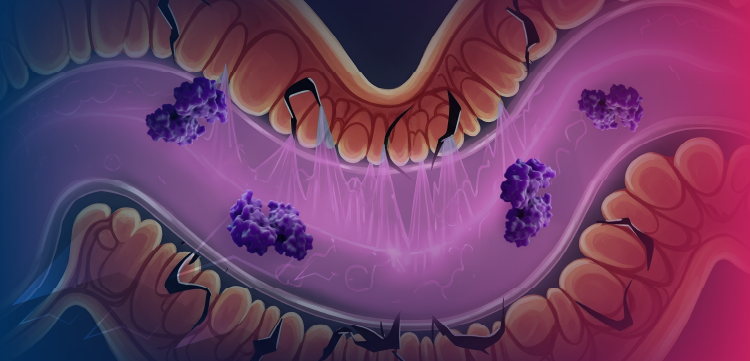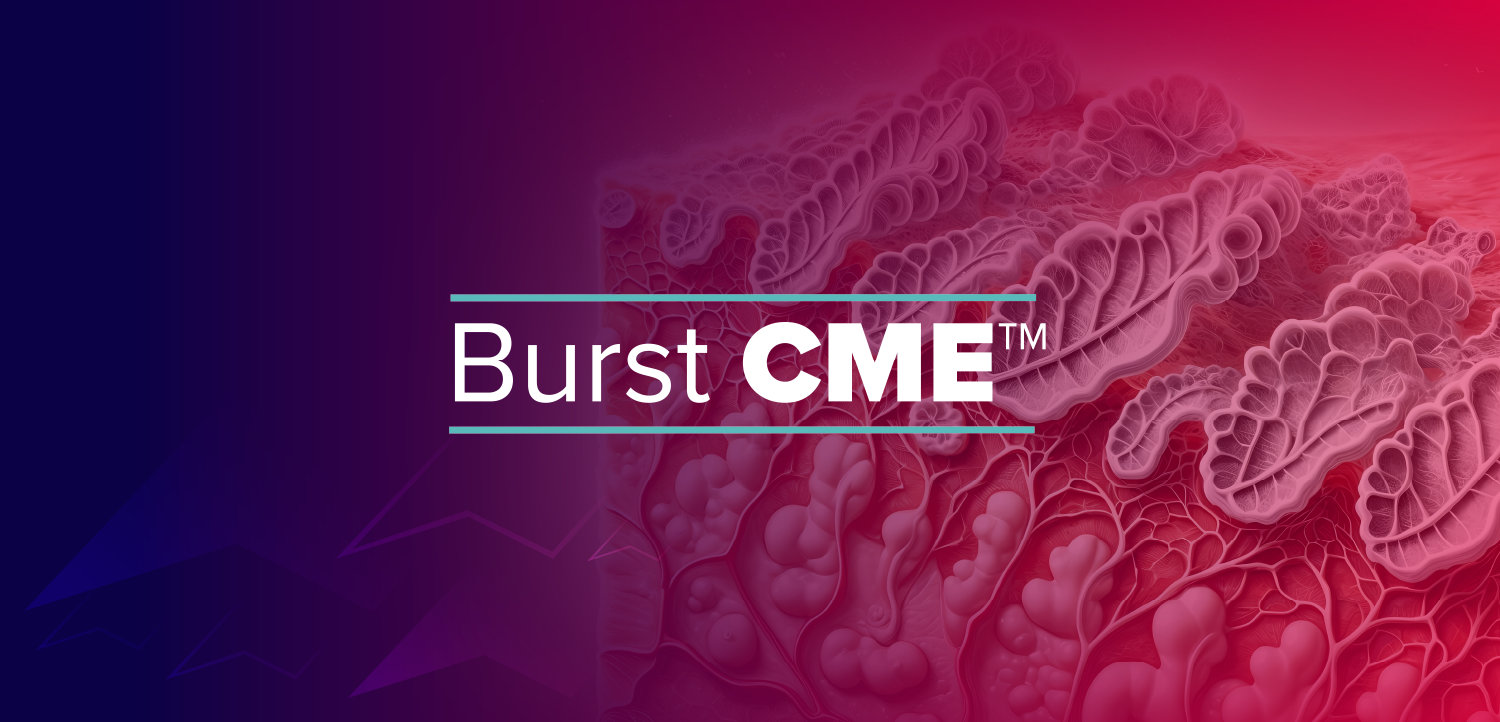
Abdominal pain: What really lies beneath?
A 20-year-old presents in the emergency department with abdominal pain, and fever.
The morning seems normal
Your nurse hands you a printed summary of the calls received by the triage nurse and on-call physician overnight. As you review the calls, one patient catches your eye immediately. Concerned by this patient's call, you ask your charge nurse to schedule the patient for an office visit today. Your nurse replies that the patient called in and is already scheduled for this morning.
She was feeling fine up until two days ago. She began experiencing periumbilical abdominal pain and nausea. She developed the fever the day prior to presentation. She had two episodes of diarrheal stool without blood over the last two days. This morning, she had one episode of non-bloody emesis. She reports loss of appetite. Her abdominal pain worsened last night; it became a seven out of ten in intensity and she was having difficulty standing straight. It began as intermittent, periumbilical pain that became constant and sharp overnight. Nothing made it better, and standing or jarring movements made it worse. She also began experiencing lower back pain, on the left side greater than the right.
Probing further
Her last menstrual period began three days ago. It was one day earlier than usual, and the flow was slightly heavier. She denies ever experiencing cramps or back pain with her menses. She is on oral contraception and has not skipped any pills. There has been no change in the brand. She has not had vaginal discharge or ever been pregnant. She is not sexually active. She has no past medical or surgical history. She has not taken any new medications, nor consumed unusual foods. She denies coming in contact with anyone with similar symptoms.
She informs you about the previous ED visit for similar complaints, and the UTI diagnosis. She thinks it may be happening again. She denies any dysuria or frequency. The rest of her review of systems is negative.
You ask her to step up onto the exam table so you can examine her. She grimaces in pain as she stands and then bends forward immediately, unable to straighten. She is holding her hand over her right lower abdomen. You take her orthostatic vital signs: blood pressure supine is 102/60 mm Hg and standing was 98/60 mm Hg, pulse is 110 and 118 bpm, respectively (seated vitals are listed in initial set of vital signs). Weight is 147.5 lbs (66.9 kg). Her physical examination: eyes, ears, throat, neck, and lungs were all within normal limits. She was not jaundiced. Her cardiovascular exam was normal also, except for tachycardia. Abdominal exam reveals normal bowel sounds in all four quadrants, but she has voluntary guarding, and rebound but no rigidity. She has extreme tenderness to palpation in the right lower quadrant, and there is fullness and a mass palpable there. She does not have suprapubic tenderness. She also has left flank tenderness on back examination. Speculum exam revealed normal vaginal mucosa and cervix. A bimanual examination shows right lower quadrant fullness and tenderness but no adnexal masses. There is no cervical motion tenderness and her uterus is normal in size.
Labs in the office: urine dipstick was positive for nitrites, trace blood and protein, and moderate ketones. Her urine pregnancy test was negative. Her urine was sent for culture.
Newsletter
Access practical, evidence-based guidance to support better care for our youngest patients. Join our email list for the latest clinical updates.









